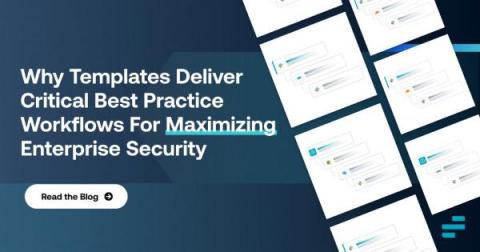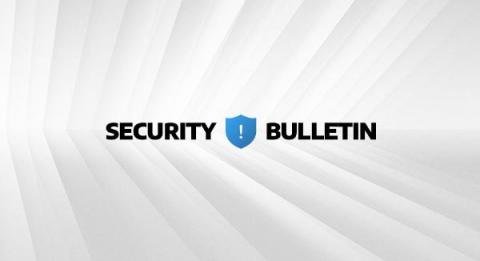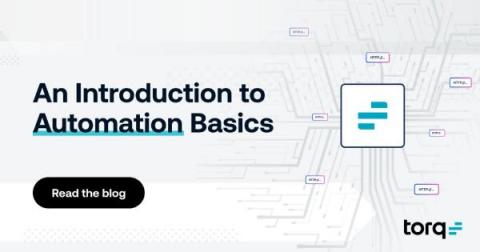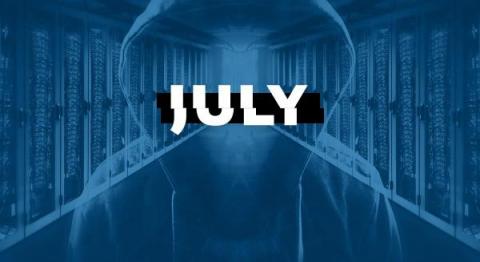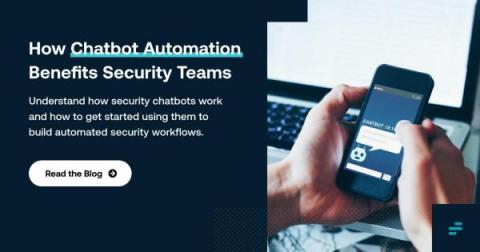Security | Threat Detection | Cyberattacks | DevSecOps | Compliance
Latest News
Why Templates Deliver Critical Best Practice Workflows For Maximizing Enterprise Security
It’s difficult for even the most advanced security teams to stay on top of evolving incursions and ensure their processes effectively map to prevent them. That’s where pre-built templates come into the conversation. No-code, security automation templates can handle the considerable burden of having to maintain and update processes that integrate with a company’s security stack.
The Top 3 Cybersecurity Threats and How to Overcome Them
CVE-2022-20842 & CVE-2022-20827 - Critical Vulnerabilities in Cisco Small Business Routers
Arctic Wolf Hailed as a Leader for Innovation, Culture and Business Growth by Prestigious National Awards
CVE-2022-31656 - Critical Authentication Bypass Vulnerability in Multiple VMware Products
An Introduction to Automation Basics
Automation is a powerful tool. With some foresight and a little elbow grease, you can save hours, days, or even months of work by strategically automating repetitive tasks. What makes automation particularly beneficial is that it eliminates manual interaction with multiple systems. Rather than manually uploading data to an event response system or notifying key support personnel of an incident, tying these tasks together through automation can reduce critical time and help resolve problems faster and more efficiently. But, before we can fill in the gaps between all of the platforms we are responsible for, we first need to understand how data moves around on the web and how we can use that process to our advantage.
The Top Cyber Attacks of July 2022
3 Big Takeaways From the Verizon DBIR 2022
How Chatbot Automation Benefits Security Teams
When you hear the term “chatbot,” your mind may at first turn to things like robotic customer support services on retail websites – a relatively mundane use case for chatbots, and one that is probably hard to get excited about if you’re a security engineer. But, the fact is that chatbots can do much more than provide customer support.



